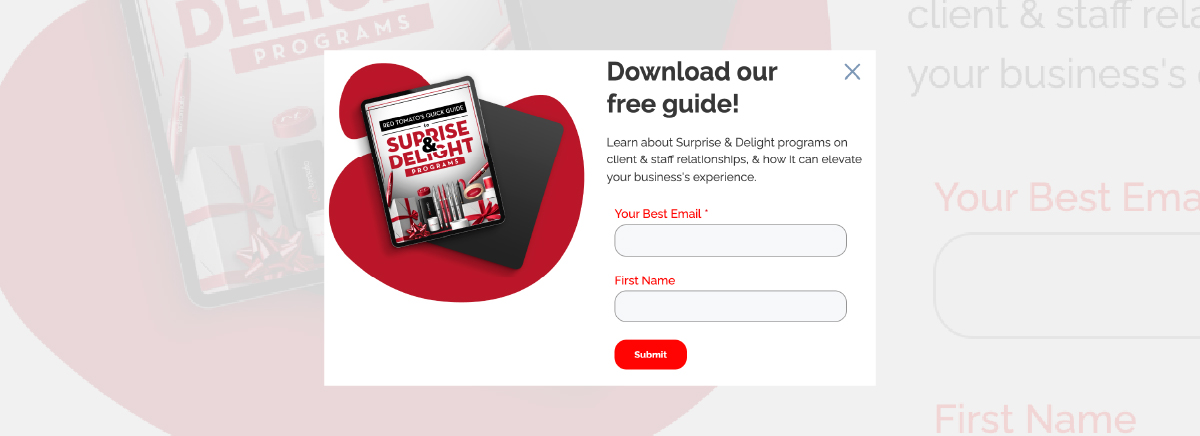Think of some of the most memorable ads you’ve seen. They can be food ads you find while scrolling through social media or billboards displaying the next trendy item.
Most marketing advertisements aren’t made out of thin air.
Carefully planning and well-thought-out marketing promotional plans are some things that happen behind the scenes to develop the marketing advertisements you see daily.
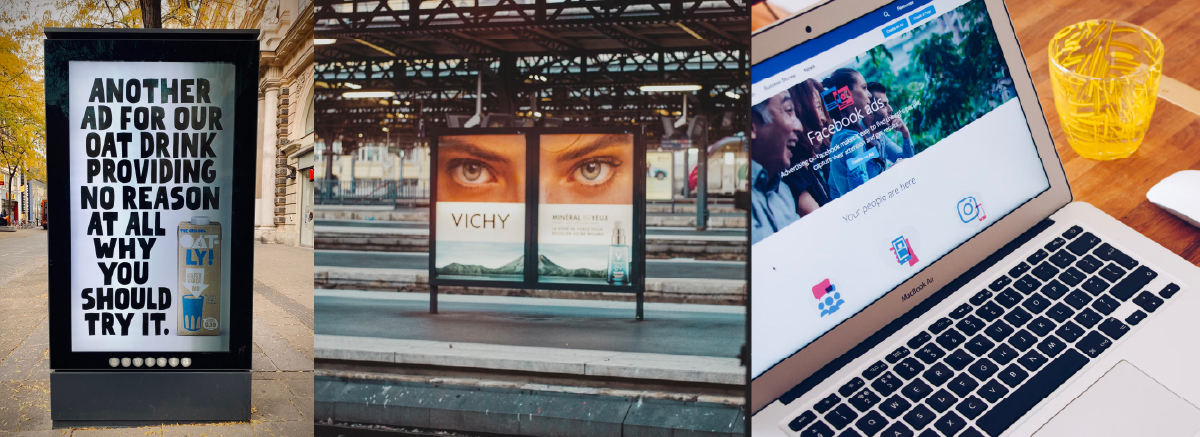
In the face of a competitive market, a promotional marketing plan is one way to elevate your business to new heights.
A promotional marketing plan is a strategic document that shows the different strategies that a business can use to promote its products to its desired target audience for a certain period.
It also acts as a roadmap for organising and executing promotional activities to achieve marketing objectives.

This plan contains everything you would need for a campaign such as the goals and objectives, target buyer personas, promotional strategies, and deliverables.
Because you have outlined everything in a document, this makes it easier to track the results and determine what kinds of tactics work and don’t work for your brand.
A comprehensive plan also helps differentiate and make you stand out from the rest of the competition.
Understanding the Basics of a Promotional Marketing Plan
A marketing promotional plan serves as a blueprint for your product or service’s success in a highly competitive business environment.
Here are some of the basic parts of any marketing promotional plan:
- Goals and Objectives — Define clear and specific goals that you want to achieve, which your promotional activities should work towards. These objectives should follow SMART goals—specific, measurable, achievable, relevant, and time-bound.
- Target Audience — Identify your primary audience. This would tailor the kinds of promotional tactics that you will use. Developing clear buyer personas with research helps you craft a more compelling marketing message.
- Marketing Message — Craft a marketing message that would resonate with your target audience. The value proposition or unique selling point (USP) should be communicated effectively to drive the audience to action.
- Promotional Strategies —Identify the right mix of promotional channels to ensure that they see your message loud and clear. These strategies can include traditional advertising, public relations, content marketing, social media marketing, and event marketing, to name a few.
- Budget Allocation — Determine your budget as this would enable you to execute the plan thoroughly and reach your marketing goals.
- Implementation Plan — Outline the tasks, persons responsible, and deadlines with an implementation plan.
Evaluation Metrics — Evaluate your campaign’s success with key success indicators (KPIs). These vary depending on your goals and can include website traffic, sales, email clickthrough rates, and more.
How to Develop A Promotional Marketing Plan

Setting the Foundation: Research and Analysis
Doing proper research is the strongest foundation you can put in your promotional marketing plan.
They help you understand your strengths and weaknesses, your position in the market relative to your competition, and the different opportunities available.
A strengths, weaknesses, opportunities, and threats (SWOT) analysis can help you identify your position in the market as well as your competitor’s position.
Gaining this competitive intelligence lets you position your products and services better and highlight the unique offerings that will make you stand out.
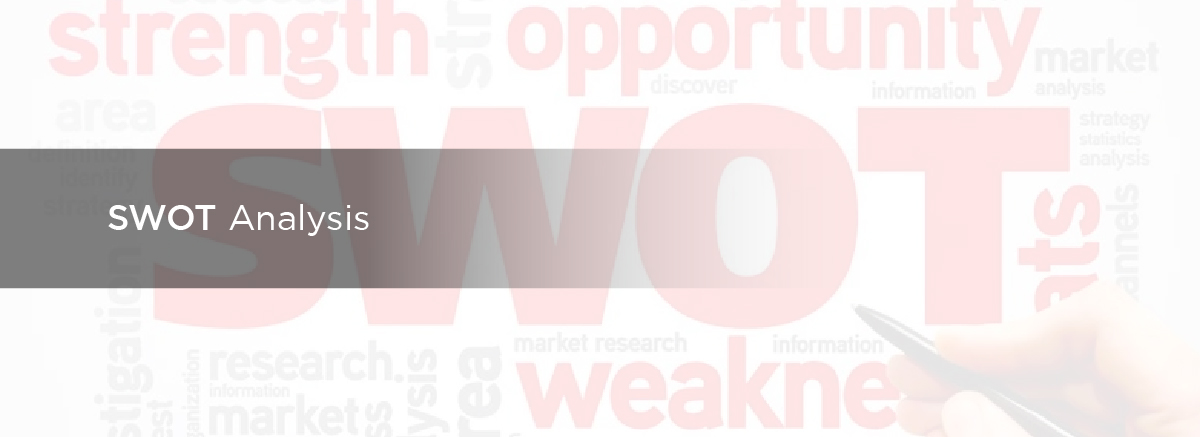
Not everyone is your potential customer. Research can help you understand your target customer’s needs, preferences, and pain points.
This lets you tailor your promotional strategies better to meet their needs and give value.
Defining Goals and Objectives
The first step to a marketing plan is by setting promotional goals.
The goals for your promotional marketing plan should align and contribute to your overall business objectives, whether they be doubling sales or expanding the product line.
Set goals that are specific, measurable, achievable, relevant, and time-bound (SMART) goals to make them more concrete.
If you have more than one goal, rank or segment them and prioritise which is the most important focus based on your overall business goal.
Also, establish your key performance indicators (KPIs) as a way to measure your progress in achieving these goals.
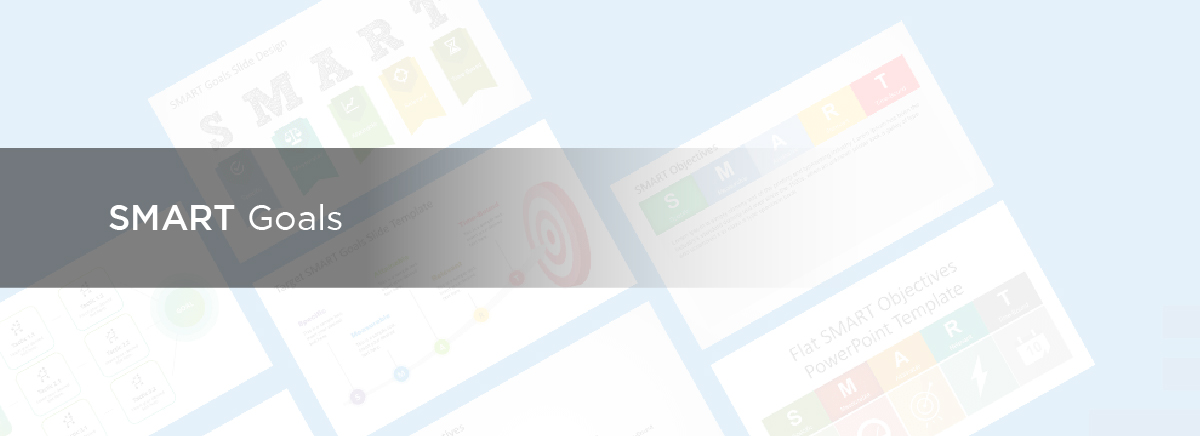
Identifying Target Audience and Segmentation
Now that you have your marketing goal, it’s time to identify your target audience.
As marketers, you need to know who your customers are, what their pain points are, and how they normally behave.
There are different ways to segment your market based on demographics, behaviors, and geographics.
Tapping into your research means you can create buyer personas—a fictional representation of who your typical customers are based on market research and real customer data.
This profiles key information about them such as their demographics, behavioral patterns, goals, challenges, preferences, and motivations.
Understanding your target audience in promotional marketing helps you narrow your focus and do marketing that resonates with them.

Developing A Compelling Message
With the right target audience in mind, you now need to craft a compelling marketing message and offer that will resonate with them.
Depending on your marketing goals, your marketing message can include:
- Communicating your value proposition — Convey what value you are bringing your target audience. Why is your product or service valuable and relevant to their needs? What features or benefits does it offer to entice them to take action?
- Addressing their pain points — Address the pain points and challenges they are experiencing with your products and services.
- Building brand identity — Reinforce your brand’s identity for your target audience with a strong and consistent message. Communicating your brand’s values and personality helps create a better brand experience for consumers that helps drive long-term relationships with your brand.
- Differentiating from the competition — Highlight your unique selling points (USPs) and competitive advantage of your product and service over the other alternatives. There are many ways to differentiate your brand from others including the price, positioning, quality, customer service, and sustainability.
- Creating an emotional connection — Tap into your target audience’s emotional drivers and aspirations, connecting them with the value that you are offering them. The best messaging is the one that creates emotional connections that resonate with audiences on a deeper level.
- Make sure that your messaging compels your audience to take action with the help of a strong call-to-action (CTA) that takes them to the next step.
This next step can be to shop your e-commerce site, download an ebook, or start a free trial.
Selecting Effective Promotional Strategies
Effective promotional strategies would be how you’ll be delivering your message to your target audience. Each marketing campaign requires different strategies for communicating with your audience. The common categories of any promotional mix include:
- Advertising — Advertisements are a one-way marketing strategy that involves paid promotion of products and services to increase brand awareness, generate interest, or influence consumer behavior. These can be through traditional channels like print, radio, billboards, and publications, as well as through digital channels like display ads, social media ads, and sponsored content.
- Sales Promotion — Sales promotions involve short-term incentives or discounts to generate immediate sales or customer loyalty. These include tactics like coupons, rebates, buy-one-get-one-free (BOGO) offers, limited-time promotions, and loyalty programs.
- Public Relations — Public relations focuses on managing the public image, reputation, and relationships with various stakeholders like the media, employees, influencers, and the public. PR activities aim to generate positive publicity and brand reputation through communication efforts like press releases, media interviews, event sponsorships, corporate social responsibility initiatives, and more.
- Personal Selling — Personal selling initiatives are one-on-one interactions between sales and potential customers to persuade them to make a purchase. This can be in different settings like face-to-face meetings, phone calls, live chat sessions, or video conferencing. Typically used in B2B sales, personal selling allows sales professionals to tailor their messaging to the prospect, address any concerns, and build relationships.
- Direct Marketing — Direct marketing involves direct communication of promotional messages through targeted channels like email, SMS marketing, telemarketing, and web content. This is mostly used for announcing product launches, special promotions, and order confirmations.
- Digital Marketing — Digital marketing utilises digital channels to reach and engage target audiences. These digital channels include search engine optimisation (SEO), search engine marketing (SEM), content marketing, social media, email marketing, influencer marketing, affiliate marketing, and more.

Leveraging Digital Platforms
In today’s landscape, digital marketing in promotional plans is an important cornerstone of any marketing plan. Here are some of the benefits of digital platforms:
- Bigger audience reach — Widespread adoption of smartphones and internet use means that customers today are turning to digital platforms for their shopping, information, and entertainment
- Targeting and personalisation — Digital marketing allows businesses to engage with specific audience segments through sophisticated targeting such as interests, behaviors, demographics, preferences, and even remarketing. This allows businesses to create a better emotional connection thanks to the personalised experiences that digital marketing allows.
- Wider reach and scalability — Digital platforms can be leveraged to expand their reach, scale their marketing efforts, and grow their customer base.
- Cost-effectiveness and ROI — Digital platforms let you reach audiences at a fraction of the cost of traditional advertising and also monitor and optimise the campaigns in real-time to maximise the budget.
- Data-driven insights — Businesses can gain insights from digital platforms to optimise their marketing strategy and make better decisions. Data from social media analytics, web analytics, and customer relationship management (CRM) tools all help businesses identify trends and their target audience more.
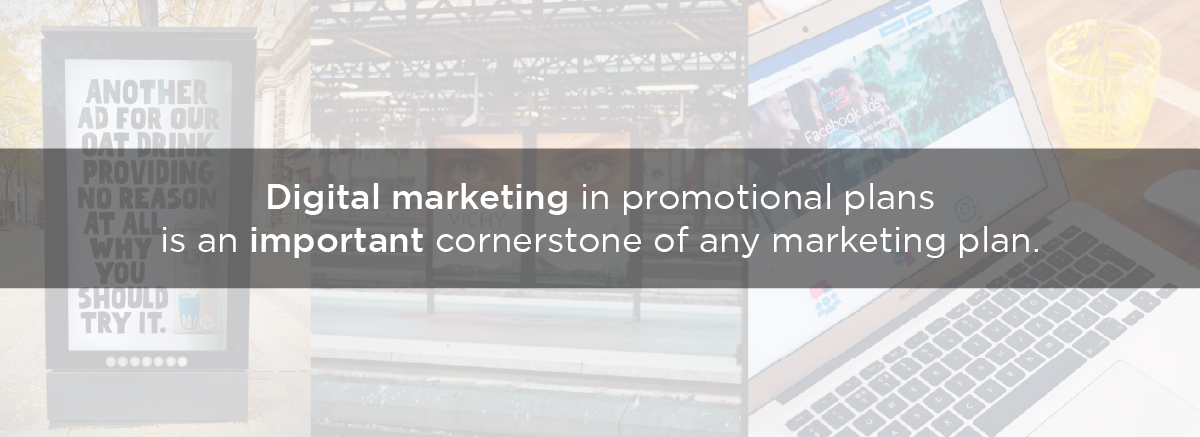
Allocating Budgets Strategically
Having the right financial resources can help make your promotional strategies come to life.
Strategic budget allocation can be determined by many factors like revenue projections, business goals, and the available team resources.
Looking back at past performance and evaluating metrics like past return on investment (ROI) and cost per acquisition (CPA), can also help.
Be sure to also set agile marketing budgets in case some plans change so it keeps you flexible to execute your campaigns.
Creating an Implementation Plan
Execute and operationalise your marketing promotions by developing an implementation plan or timeline.
This is where you will assign which responsibilities go to which team members for accountability and set deadlines for each stage of the campaign.
No timeline is set in stone so you should develop contingency plans in case potential roadblocks or challenges arise.

Monitoring and Analytics
The analytics for marketing promotions are just as important as the actual campaign.
Revisit the key performance indicators (KPIs) that you started with when setting marketing goals.
Reviewing your performance periodically lets you see your progress against the implementation plan.
Hold status meetings with your team to review these KPIs can help you understand what works and what doesn’t.
Regularly monitoring your campaigns and actions makes you flexible enough to pivot and try new approaches.
Adapting and Optimising for Success
Based on the data and feedback that you receive from your team, you now have a better understanding of what campaigns or channels are successful.
Depending on the results of your campaign, here are some of your options:
- Double down on campaigns that are working and hitting your goals by investing more capital and resources.
- Lessen the resources on efforts that are not producing good results and understand the reason behind their performance.
- Change up promotional strategies that are not working based on the data
Optimising helps you maximise your campaign’s effectiveness and team’s efficiency. Nobody wants to spend hours on an initiative that produces no significant returns.
Being adaptable enough to optimise campaigns helps you refine your strategies further and allocate resources more effectively where it counts.
What most people don’t know is that the promotional marketing ads we see around are the result of countless optimisations and refinements behind the scenes that make them into the attractive promotions we see today.
Optimising promotional strategies keeps you relevant in a changing environment and sets you up for continued success.
Conclusion
Setting goals, understanding your target audience, and developing a clear message can help make your promotional strategies more effective.
But once your campaigns are set up and launched, it’s monitoring and optimisation that ensures your efforts can handle an ever-shifting market.
A well-structured promotional plan helps give your promotional strategy a focus and direction, steering you toward success.
Take these learnings and build a promotional marketing plan that leads you one step closer to your business goals.
Enhance your marketing promotions with the help of Australia’s award-winning promotional marketing agency, Red Tomato. Get in touch with us today!


